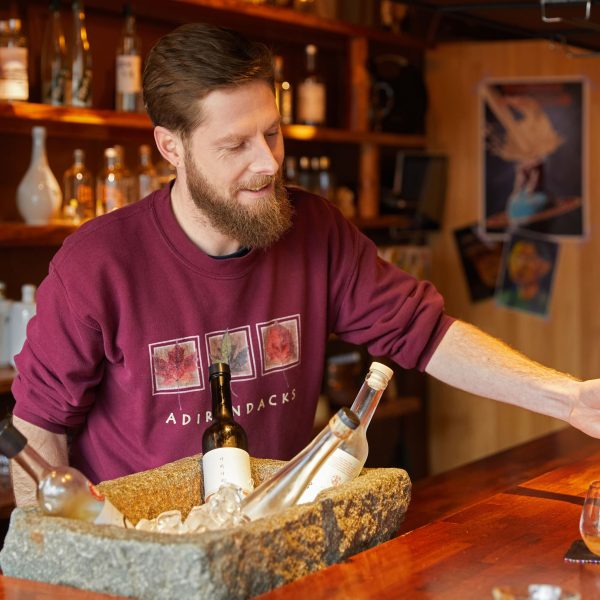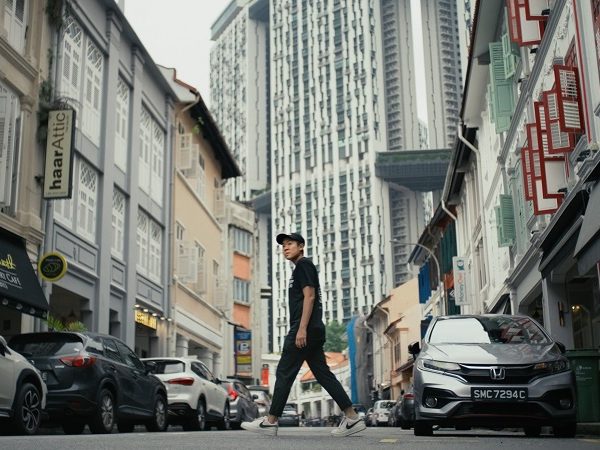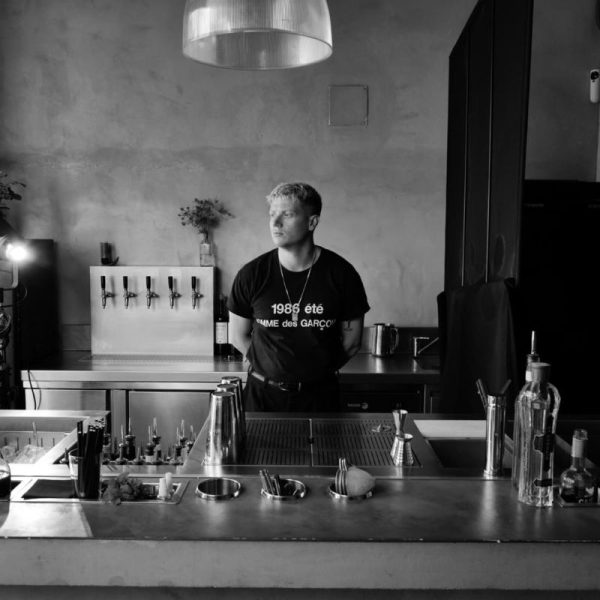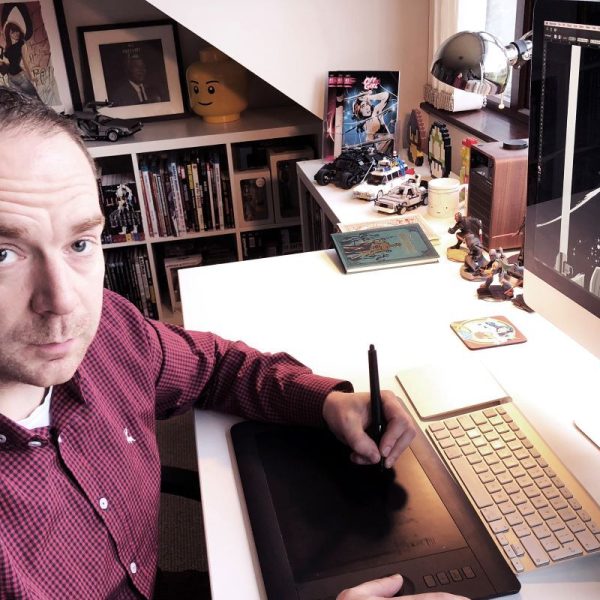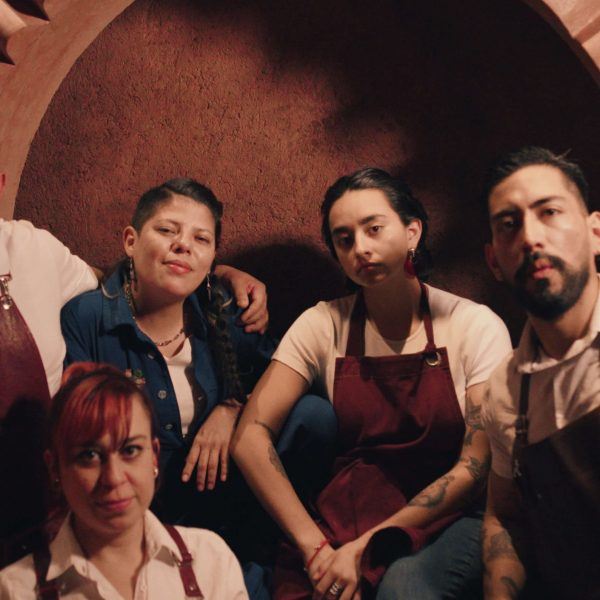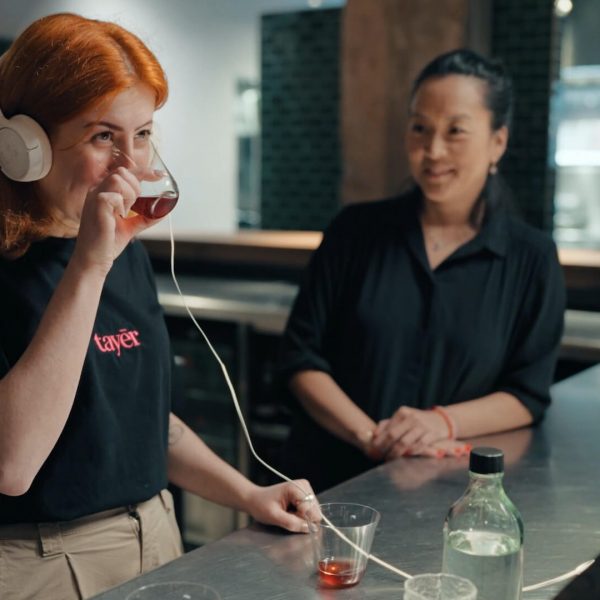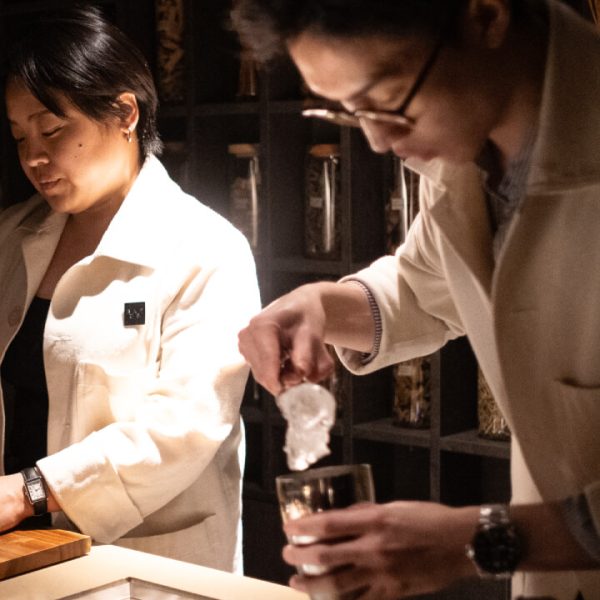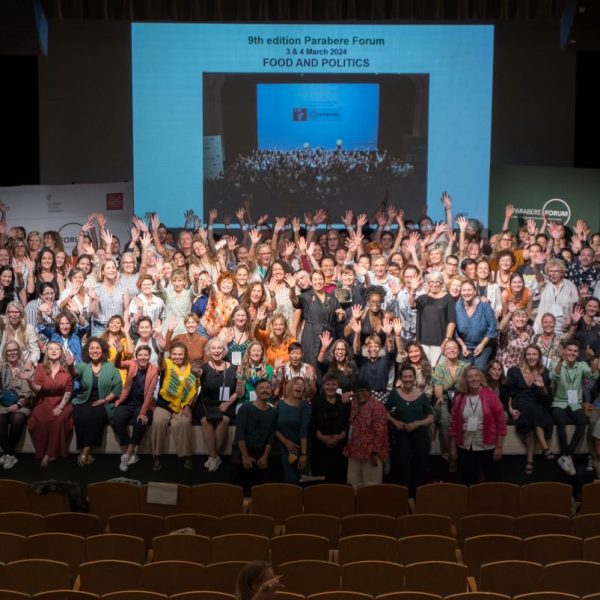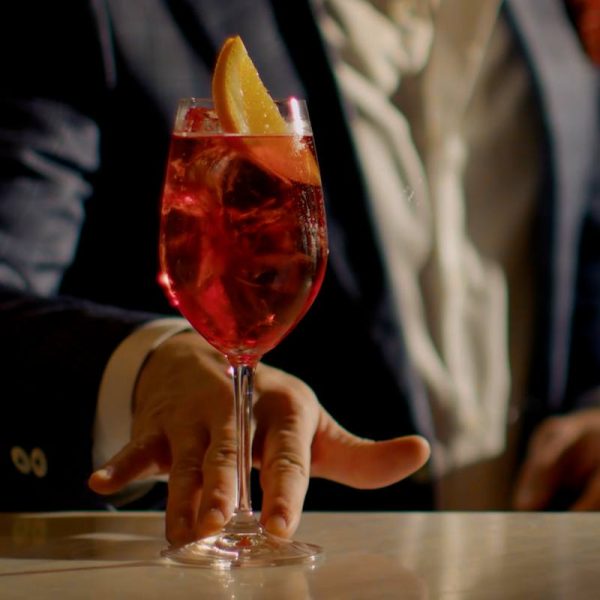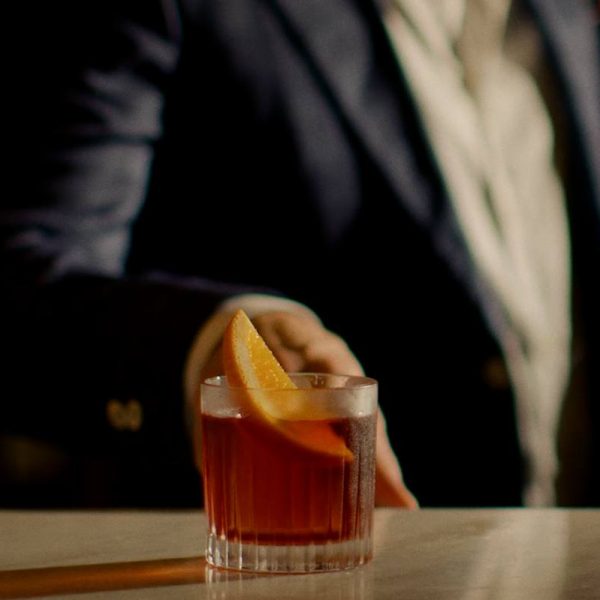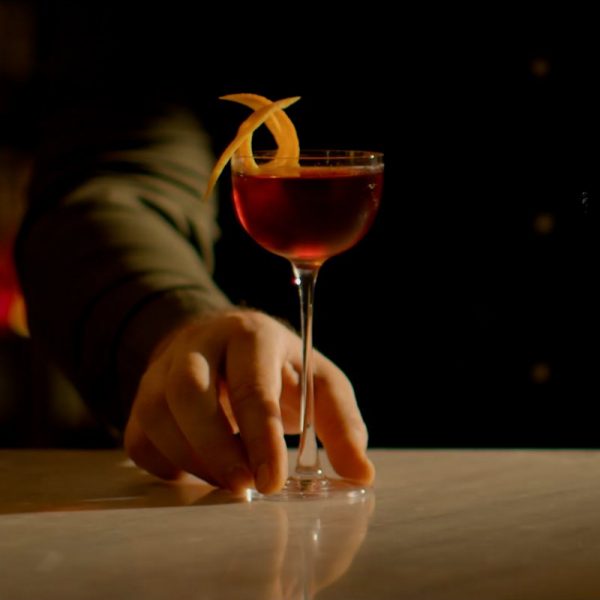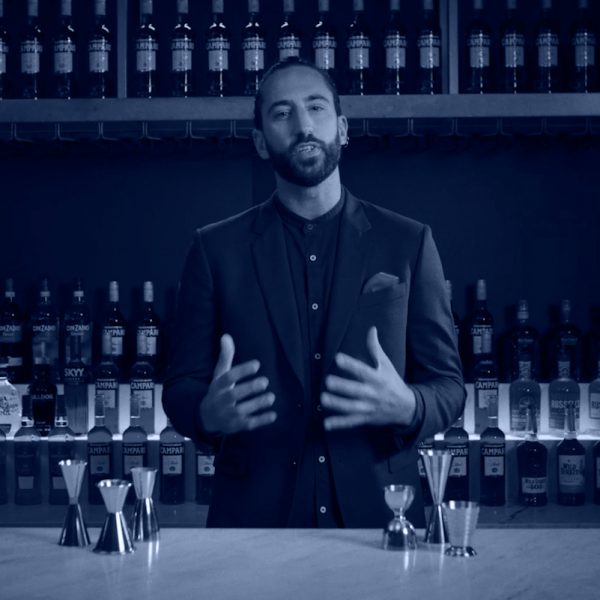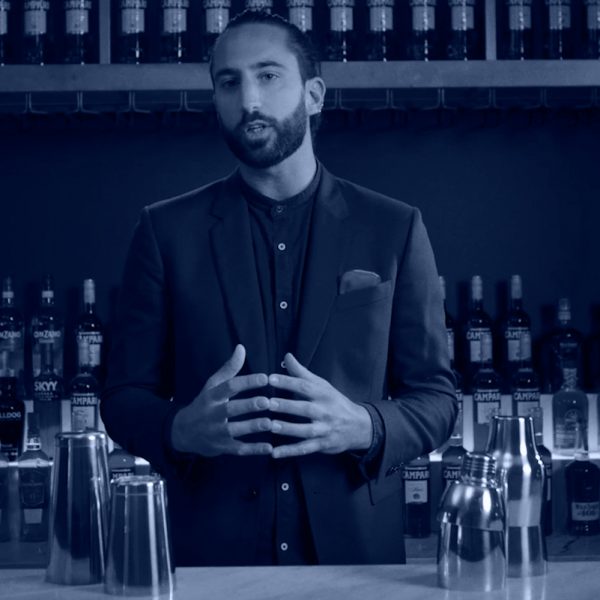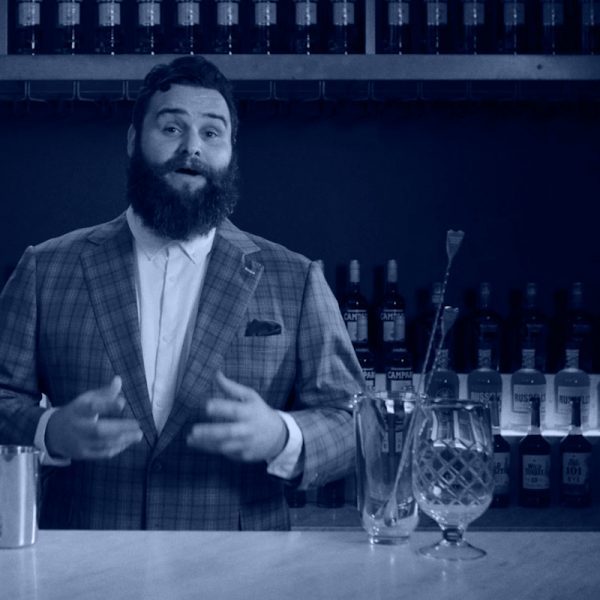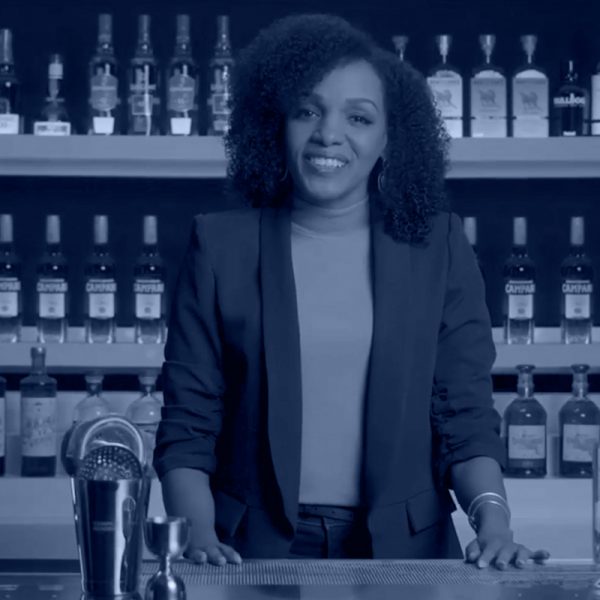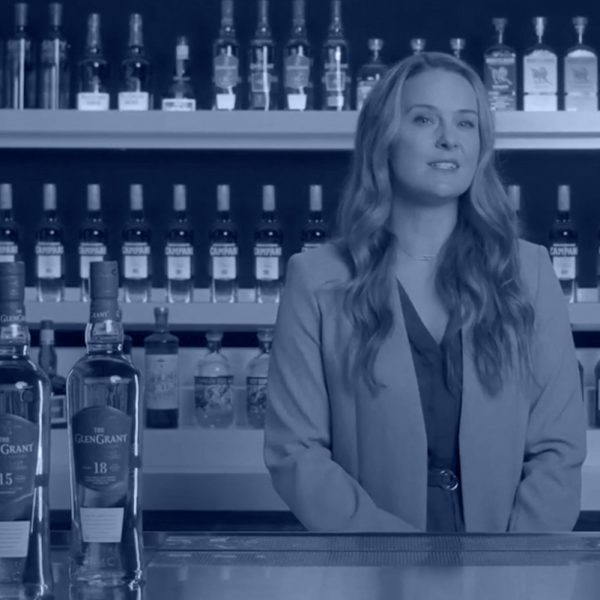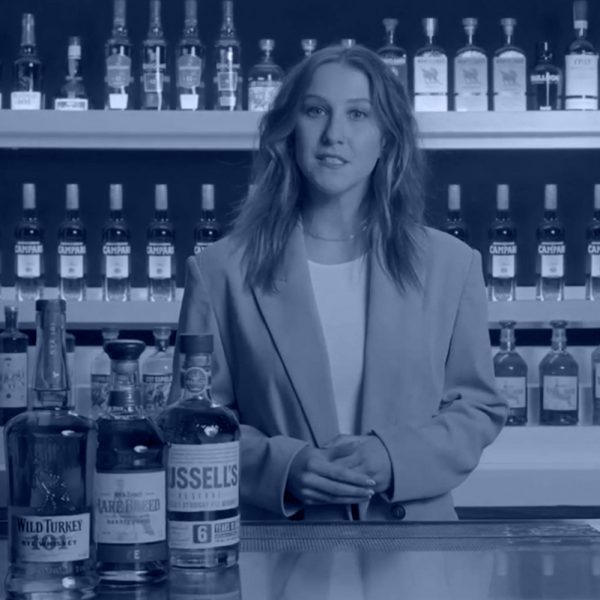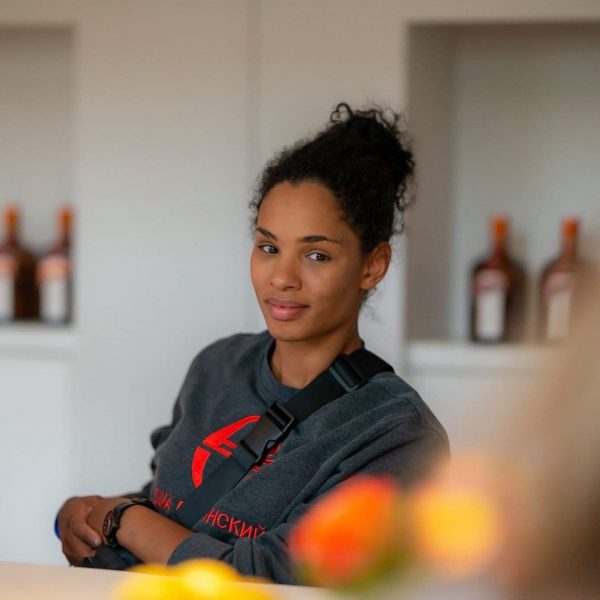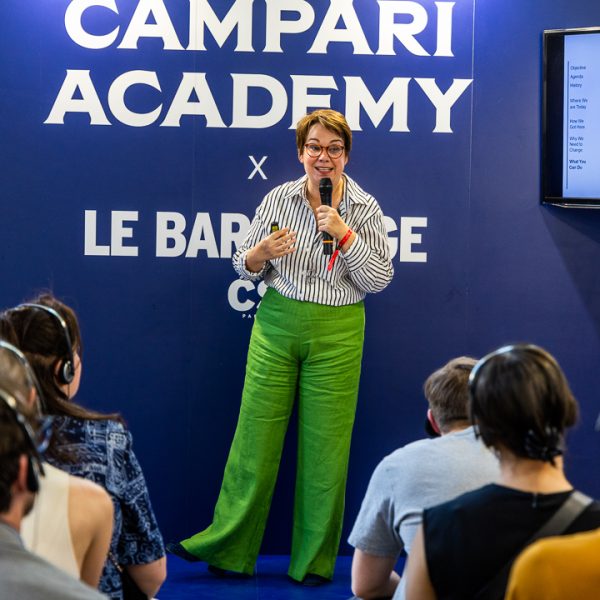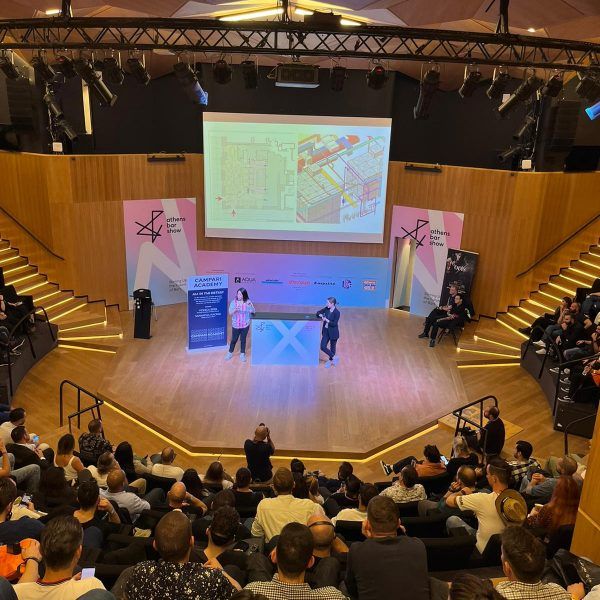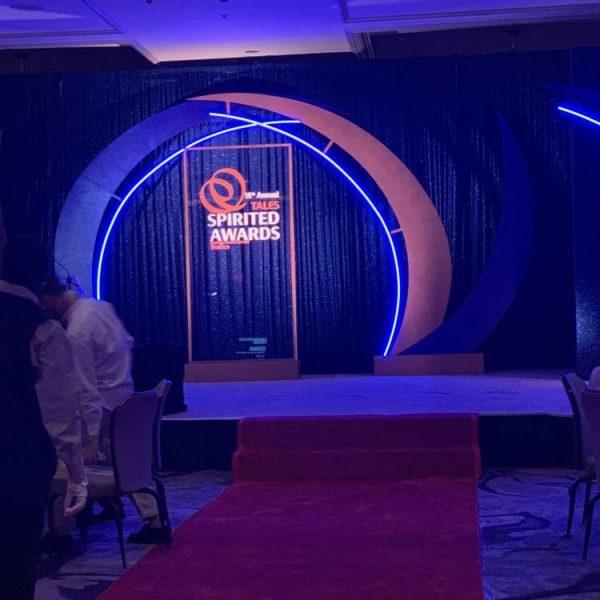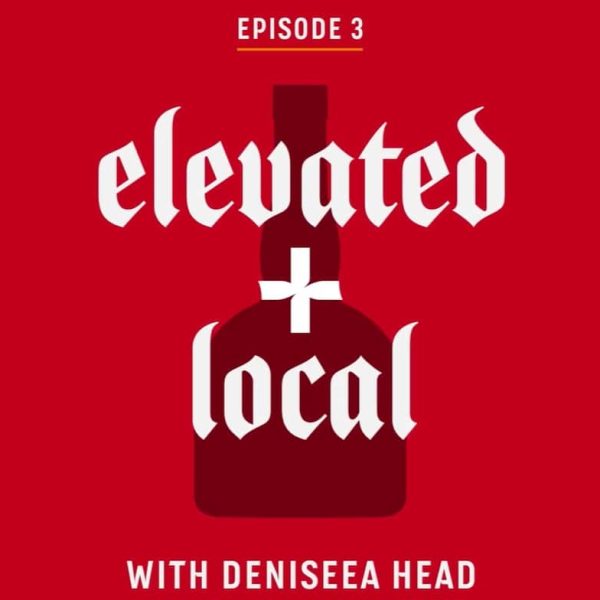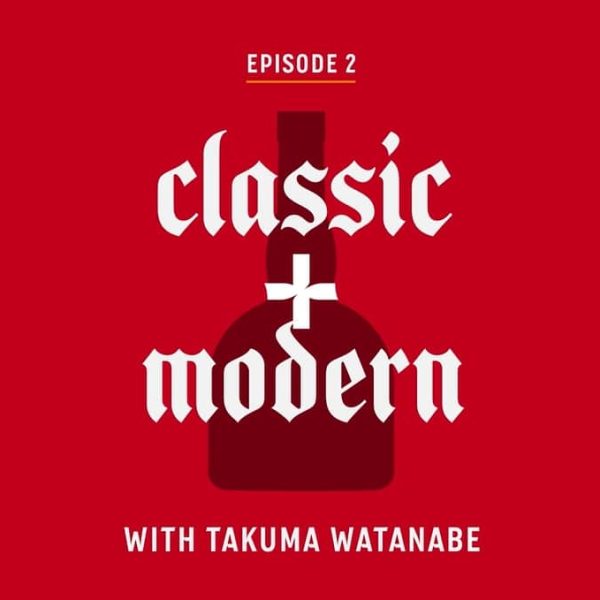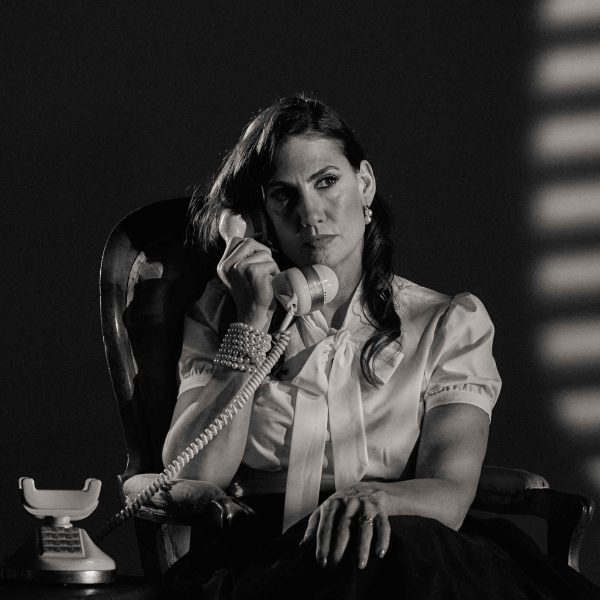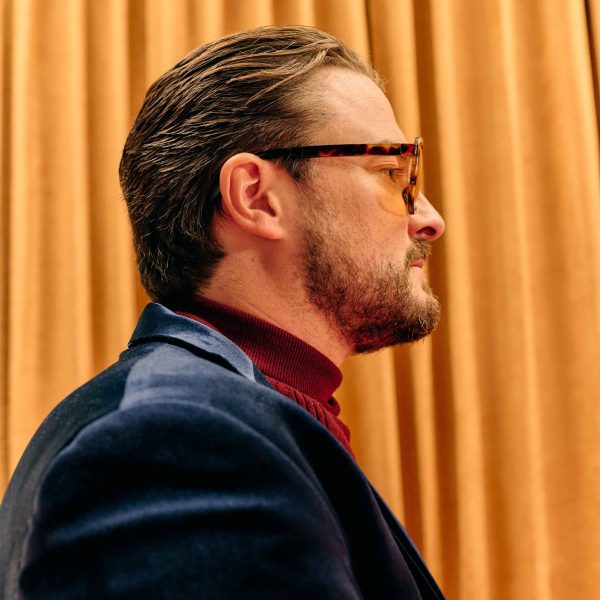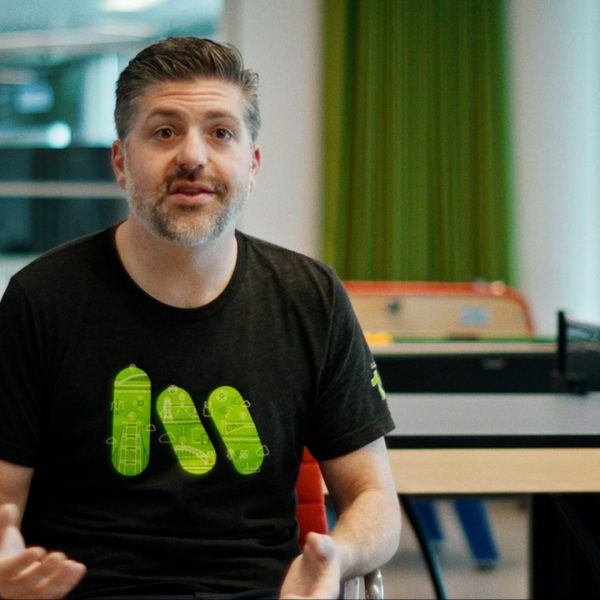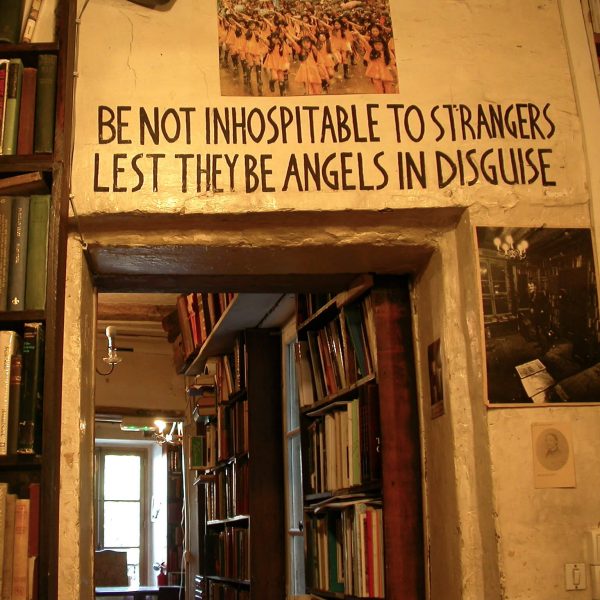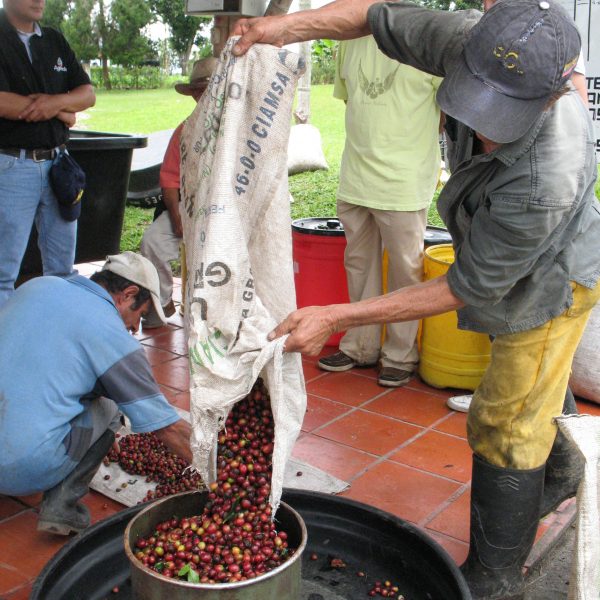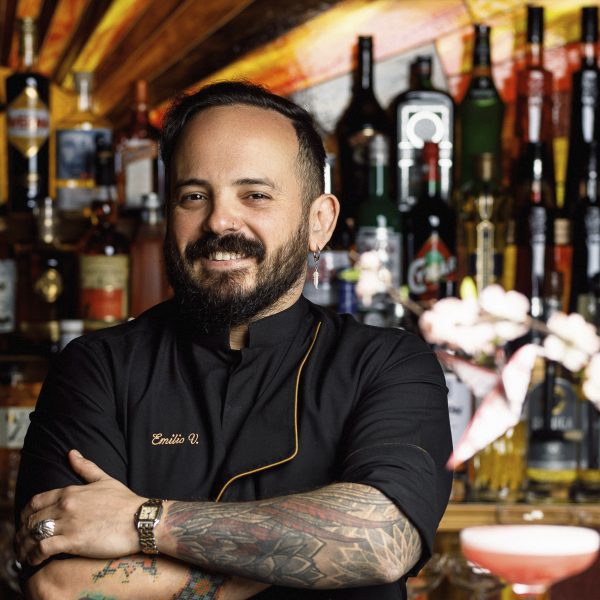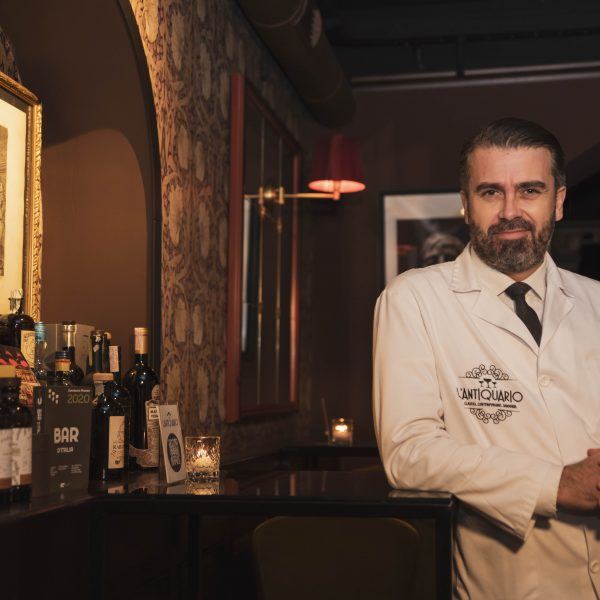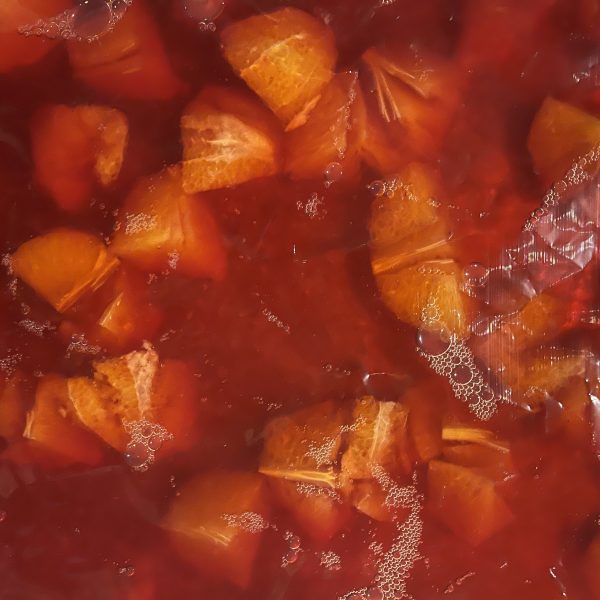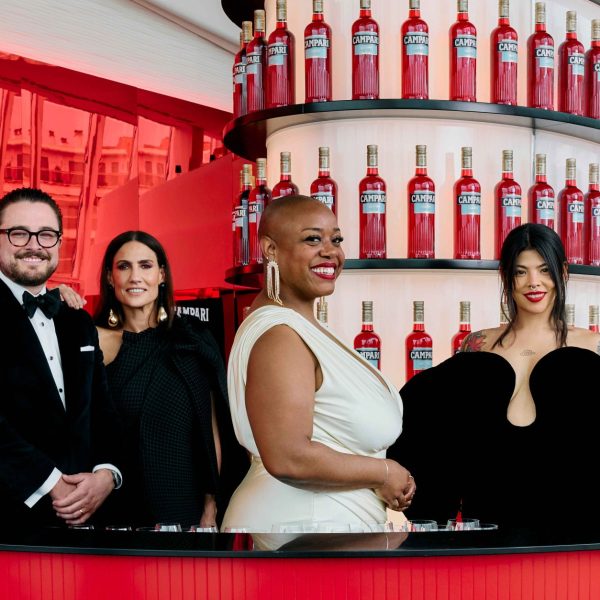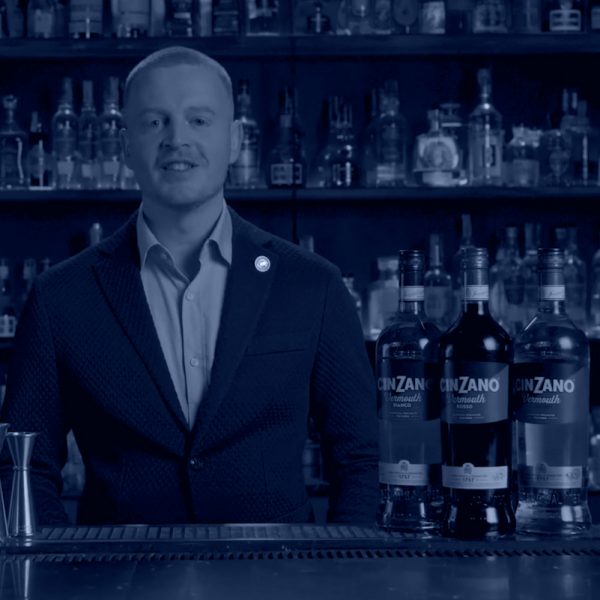The 4 types of creativity explained
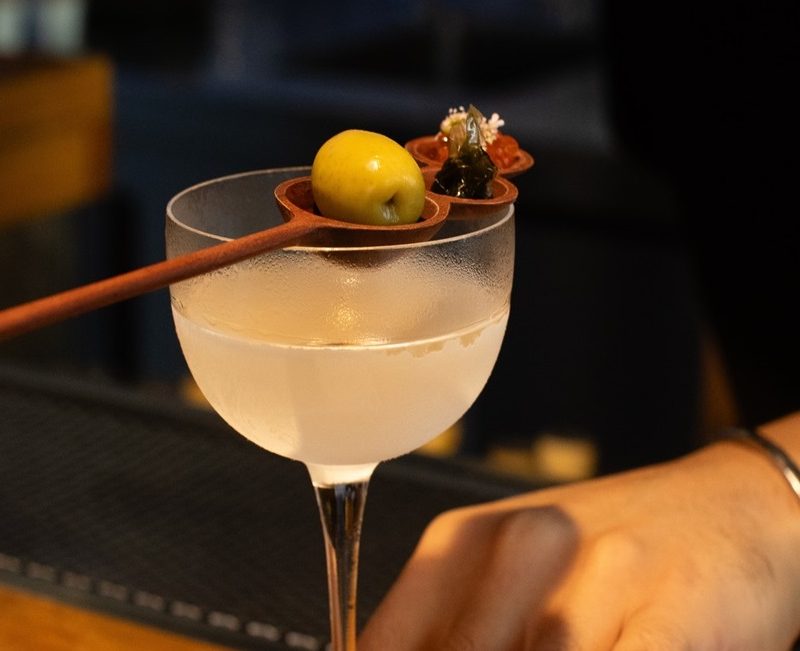
Whether conscious or impromptu, creativity can be achieved by using different strategies and for different purposes. We do a deep dive into the main types of creativity – which one do you fit into?
Have you ever thought about how your create? In an industry where the word ‘creativity’ can be applied to many multi-faceted parts of a bar business, it’s a question that can help bartenders understand the method and drive behind their craft.
Whatever answer you arrive at though, you might be pleased to know: there’s no right answer. Creative minds follow different paths to get to their creations, all linked by four main categories of creativity: Deliberate & Cognitive, Spontaneous & Cognitive, Deliberate & Emotional, Spontaneous & Emotional.
These kinds of creativity are all defined by the presence of a voluntary impulse from the creative mind, and the impact that a person’s emotions have on the outcome. Any new idea, strategy or product can come from a creative process that is sparked from a different origin.
For a bartender, it is interesting to understand the hows and the whys of any new creation’s origin, for them to realise that alongside research, time and skill, more is at play when it comes to creativity.
Let’s break the four main types down.
Deliberate & Cognitive
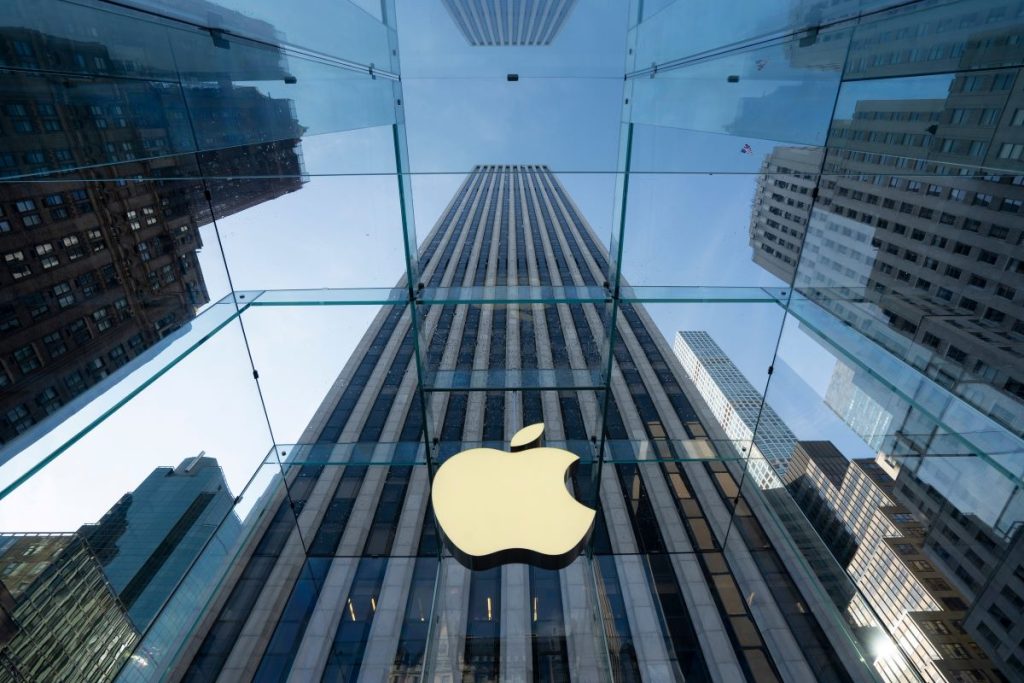
Deliberate & Cognitive creativity refers to the intentional and thought-out generation of new ideas or solutions through a systematic and rational process. This type of creativity requires you to already have knowledge and expertise about the topic you are going to be creative about, and a planned direction to drive your creativity towards.
Being the most ‘technical’ kind of creativity, it involves conscious and purposeful thinking, often guided by logical reasoning, analysis, and problem-solving skills, and it is usually implemented in situations where a goal is set and scheduled achievements are outlined. It may include activities such as brainstorming sessions, research, and methodical exploration of possibilities to arrive at new ideas or solutions.
Deliberate & Cognitive creativity can be found in the work of design teams, especially the ones involved in the production of technology-related tools. The final innovative concept is a result of intentional, calculated efforts to combine cutting-edge technology, user-friendly features, and aesthetic appeal. The production process at Apple is a good example.
In his book Inside Apple, Adam Lashinsky explains how even through the manufacturing process, Apple continues to iterate the product’s design. It is built, tested, reviewed and then the design team improve it and it gets manufactured again. Each of these cycles takes four to six weeks – and it can have multiple times over a product’s development.
Long story short: this is the most purpose-driven kind of creativity.
Spontaneous & Cognitive
Slightly different to the previous type, Spontaneous & Cognitive creativity involves the unplanned and instinctive generation of new ideas or solutions, yet it is underpinned by cognitive processes.
This type of creativity emerges suddenly and is not the result of a premeditated effort, and it often relies on rapid cognitive associations, lateral thinking, and the ability to make unexpected connections between seemingly unrelated concepts. It does require knowledge of the field you are involved in, but it is not a planned expression: it is evident in situations where you come up with innovative solutions on the spot, driven by intuition, quick thinking, and a deep understanding of the problem at hand.
For example, imagine a software developer facing an unexpected technical glitch in a project. In a moment of Spontaneous & Cognitive creativity, the developer quickly identifies an unconventional solution by drawing on their knowledge of diverse programming languages. Or, think of Isaac Newton getting hit in the head by a falling apple, thus realising and getting to work on gravitational pull theory.
In bartending terms, think of it in terms of facing an unexpected challenge, like a mystery box during a competition, or having to come up with a tailor-made cocktail for a guest based on their tastes. You’re drawing on previous knowledge but are creating spontaneously in the moment. Keep in mind that this kind of creativity does not only refer to drinks making: it can apply to other types of problem solving in a hospitality space, like moving seats to accommodate walk-ins, dealing with tech malfunctions, or someone not turning up for their shift.
Deliberate & Emotional
Then they come: emotions, a major player in creativity, and quite frankly, the most exciting one. Deliberate & Emotional creativity involves the intentional exploration of emotions and feelings to generate innovative ideas or solutions.
This type of creativity recognises the impact of emotions on the creative process and intentionally incorporates emotional experiences into the generation of novel concepts. It may involve activities such as introspection, empathy, and purposeful engagement with emotional sources to enhance the depth and richness of creative output.
Analysis and reflection on our past experiences to generate new ideas is a perfect example of Deliberate & Emotional creativity. Consider, also, a songwriter aiming to create a powerful and emotionally resonant song, and for that, they consciously reflect on personal experiences, tap into deep emotions, and explore the emotional landscapes of potential listeners. Sam Cooke’s A Change is Gonna Come was inspired by events in Cooke’s life, and he was compelled to write it after being turned away from a whites-only club in Louisiana. It spoke to African Americans during the Civil Right Movement and has since come to be considered one of the most influential and best songs ever written.
Spontaneous & Emotional
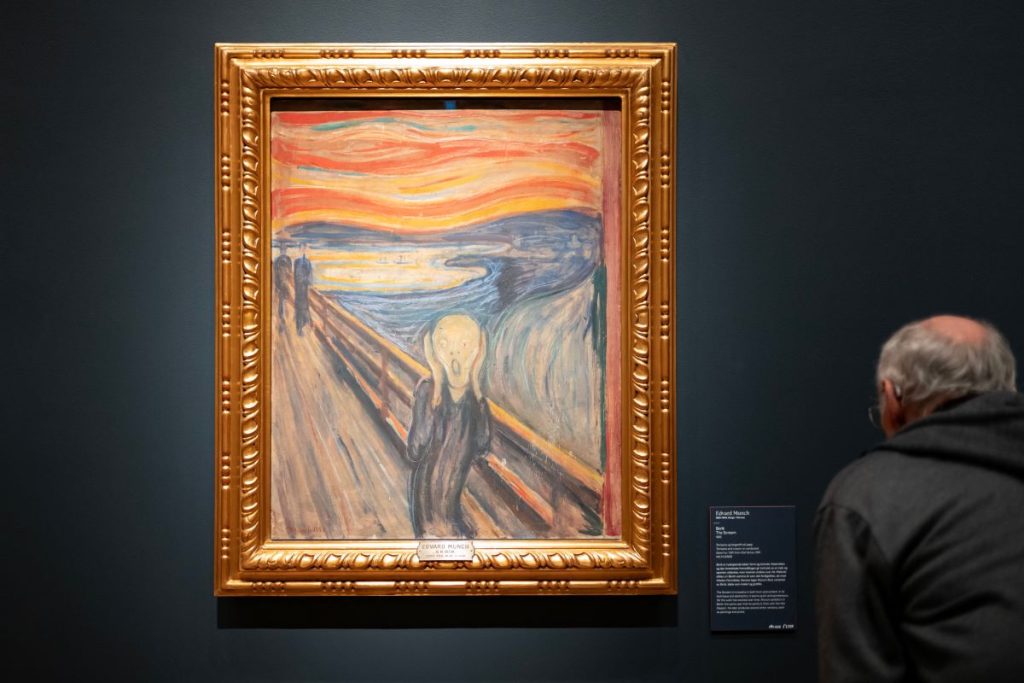
Finally, the most powerful, unexpected and very often well-received kind of creativity: Spontaneous & Emotional. This type involves the unplanned and instinctive generation of new ideas or solutions, driven by emotional impulses – close to an epiphany.
This type of creativity emerges spontaneously, without prior intention, and is deeply influenced by the creator’s emotional state. It often results in raw, authentic, and emotionally charged creative outputs, reflecting the immediate and unfiltered expression of feelings.
Imagine a painter who, in a moment of Spontaneous & Emotional creativity, spontaneously begins to create a vibrant and abstract artwork. The artist’s emotional state, influenced by a recent experience, is channeled into the strokes and colours of the painting. The result is a visually striking piece that captures the intensity of the artist.
The painting The Scream, by Edvard Munch, was heavily influenced by his emotions in relation to events that occurred around him – namely the visceral and symbolic impact of the colours of the sky on a walk he took, and (according to scholars) a reaction to his sister being committed to an asylum.
What surrounds your life might influence this kind of creativity: simple, but powerful.


